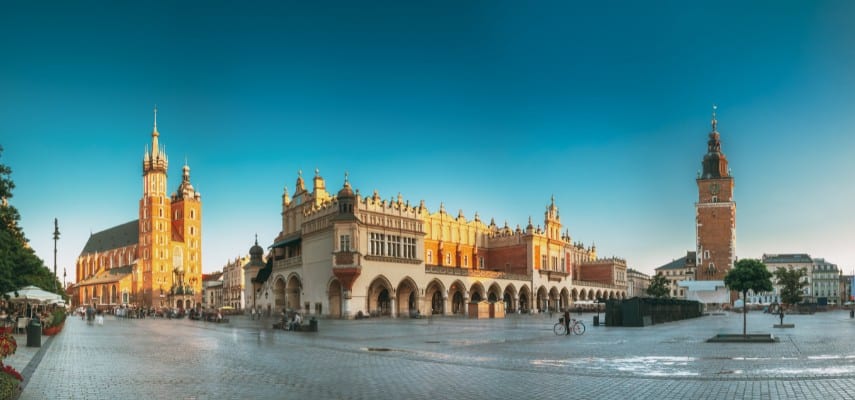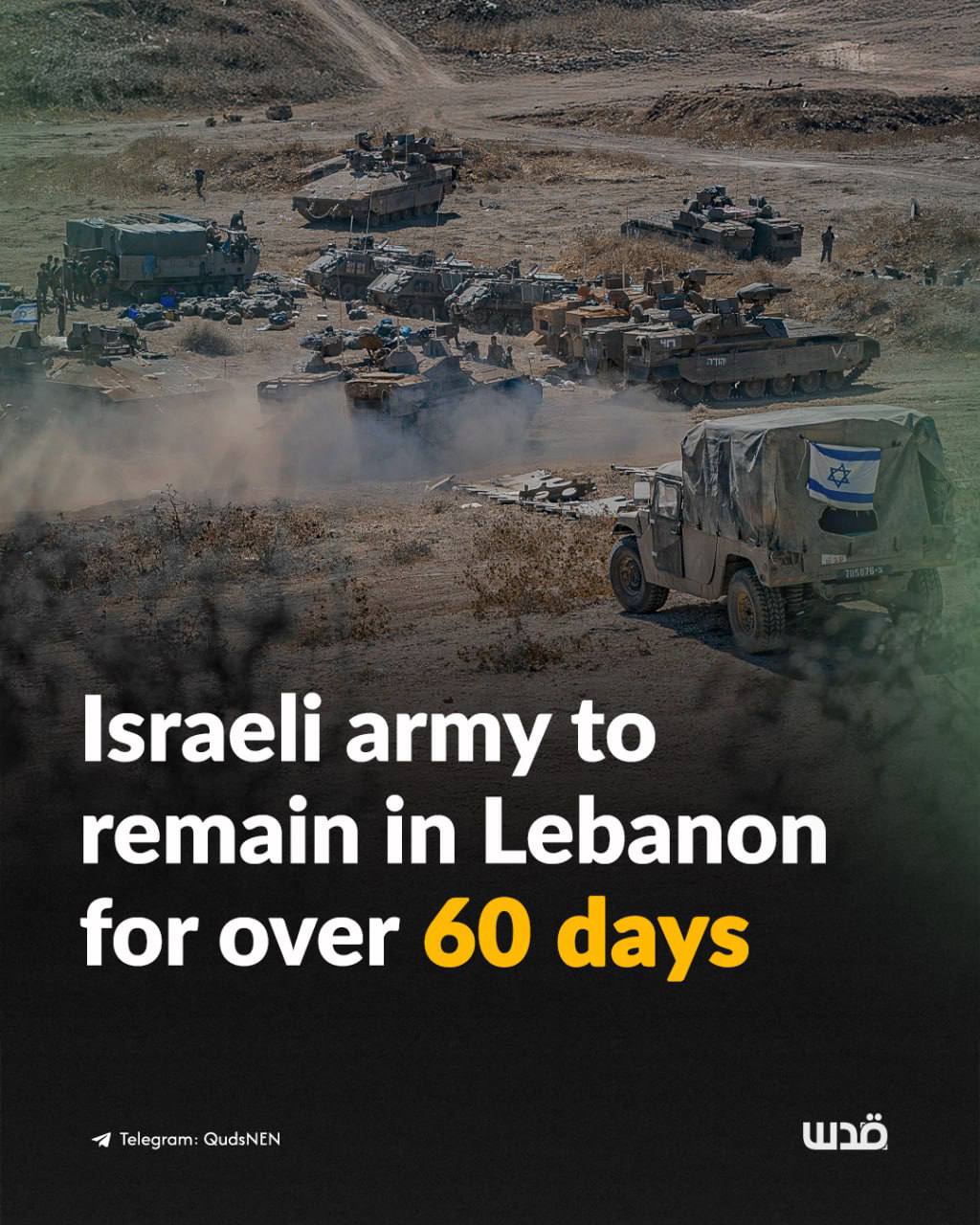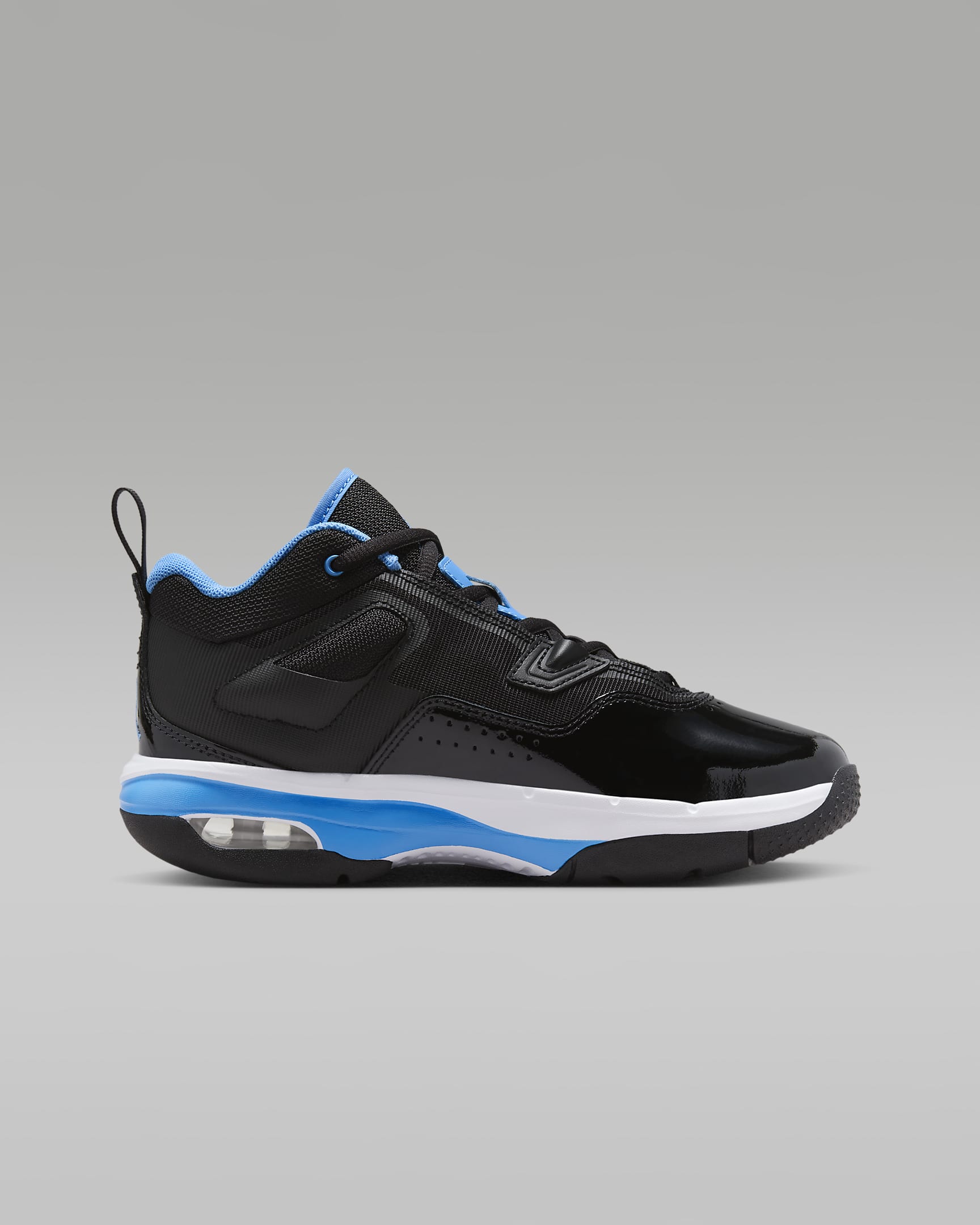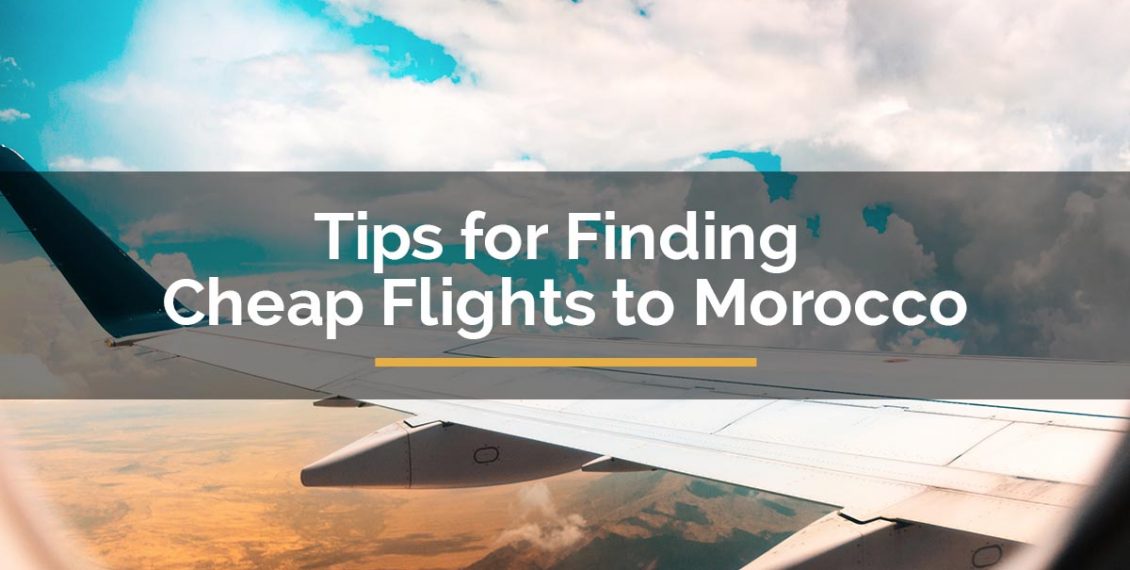
Morocco, a land of mesmerizing contrasts, where ancient medinas hum with life, vast deserts whisper tales of nomads, and vibrant souks burst with the scent of spices, has long captivated the Western imagination. Yet, for many, the allure of this North African gem is tempered by the perceived cost of travel. The good news? Experiencing the magic of Morocco doesn’t have to break the bank, especially when it comes to flights. With a little savvy and flexibility, you can unlock this captivating destination for a fraction of what you might expect.
This comprehensive guide will show you how to find those elusive cheap flights, delve into Morocco’s rich history and unmissable attractions, equip you with essential travel tips, explore accommodation and transportation options, and pinpoint the best time to visit, all with a budget-conscious traveler in mind.
Unearthing Those Cheap Flights to Morocco
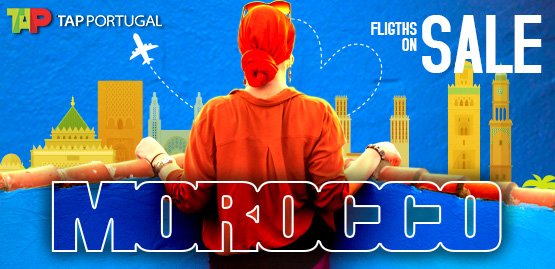
Related Articles about Morocco on a Shoestring: Your Guide to Unlocking an Ancient World for Less:
- A Tapestry of Dreams: Your Ultimate Travel Guide to France
- Greece: A Journey Through Myth, History, and Breathtaking Beauty
- Germany: A Tapestry of Timeless Charm and Modern Marvels
- ¡Hola España! Your Ultimate Guide to Traveling to the Land of Sun, Sangria, and Soul
- Singapore on a Shoestring: Your Ultimate Guide to Cheap Flights and an Unforgettable Lion City Adventure
The first and often largest hurdle in international travel is the flight cost. However, Morocco is exceptionally well-connected to Europe, making it a prime destination for budget airlines. Here’s how to snag a deal:
-
Be Flexible with Dates: This is arguably the most crucial tip. Flight prices fluctuate dramatically based on demand. Avoiding peak holiday seasons (Christmas, Easter, summer school breaks) and flying mid-week (Tuesday-Thursday) or during the shoulder seasons (spring and autumn) can yield significant savings. Even shifting your departure or return by a day or two can impact the price by hundreds.
-
Embrace Low-Cost Carriers: Airlines like Ryanair, EasyJet, Vueling, Transavia, and Wizz Air offer frequent and incredibly affordable routes from various European cities (e.g., London, Paris, Madrid, Barcelona, Rome, Brussels, Berlin) directly to major Moroccan hubs. These are often the cheapest way to get there. Be mindful of their baggage policies, as checked luggage can quickly add up.
-
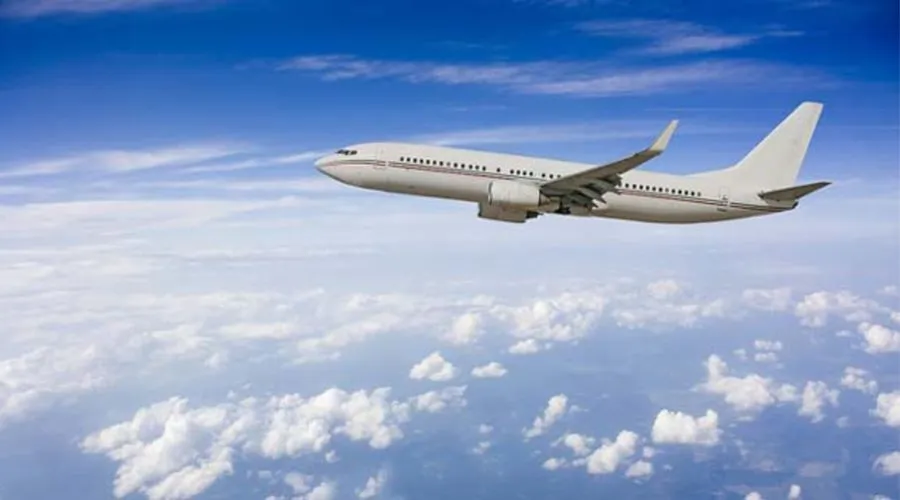
Utilize Flight Comparison Websites: Tools like Skyscanner, Google Flights, Kayak, and Momondo are your best friends. Use their "flexible dates" or "anywhere" features to explore the cheapest times and even alternative arrival airports within Morocco.
-
Consider Alternative Airports: While Marrakech (RAK) and Casablanca (CMN) are the most popular entry points, flying into Fes (FES), Agadir (AGA), Rabat (RAB), or Tangier (TNG) can sometimes be significantly cheaper. Once there, Morocco’s excellent public transport network can connect you to your desired destination affordably.
-
Set Price Alerts: Many flight comparison sites allow you to set alerts for specific routes. You’ll receive email notifications when prices drop, allowing you to pounce on a good deal.
-
Book in Advance (But Not Too Far): While last-minute deals can happen, generally booking 2-4 months out for international flights provides a good balance between availability and price. Booking too far out (6+ months) can sometimes be more expensive as airlines haven’t yet optimized their pricing.
-
Think Indirect: Sometimes, flying to a major European hub (like Madrid, Paris, or London) on a budget airline and then taking a separate budget flight from there to Morocco can be cheaper than a direct flight, especially from North America. Just ensure you allow ample layover time for potential delays and re-check-ins.
A Tapestry of Time: Morocco’s Rich History
Morocco’s story is a vibrant mosaic, shaped by millennia of diverse cultures and empires. Its strategic location at the crossroads of Africa, Europe, and the Middle East has made it a melting pot of influences, evident in its architecture, cuisine, languages, and traditions.
The indigenous Amazigh (Berber) people have inhabited Morocco for thousands of years, their presence still strong in the Atlas Mountains and desert regions. Phoenician traders established coastal settlements as early as the 12th century BCE, followed by the Romans, who left behind impressive ruins like Volubilis.
The 7th century CE marked a pivotal turning point with the Arab conquest and the introduction of Islam. This era saw the rise of powerful Islamic dynasties, including the Almoravids and Almohads, who built magnificent cities like Marrakech and Fes, extending their influence across North Africa and into Spain (Al-Andalus). Their architectural prowess is still visible in the intricate tilework, grand mosques, and soaring minarets.
Later dynasties, like the Saadians and the current Alaouite dynasty (in power since the 17th century), further cemented Morocco’s unique cultural identity, blending Arab, Berber, and Andalusian elements. The country largely avoided direct Ottoman rule, maintaining a distinct Western Islamic character.
In the early 20th century, Morocco became a French and Spanish protectorate, a period that introduced European administrative structures and left a legacy of French as a widely spoken language. Finally, in 1956, Morocco gained its independence, ushering in a new era as a sovereign nation, balancing its ancient traditions with modern aspirations. This deep historical layering is what makes Morocco such a compelling destination, with every city and landscape telling a part of its enduring story.
Morocco’s Crown Jewels: Top Attractions
Morocco boasts an array of attractions that cater to every interest, from bustling urban adventures to serene natural escapes.
-
Marrakech: The Red City: The undisputed star for many, Marrakech is a sensory overload in the best possible way.
- Djemaa el-Fna: The heart of Marrakech, this UNESCO-listed square transforms at dusk into a theatrical spectacle of storytellers, snake charmers, musicians, acrobats, and open-air food stalls.
- Bahia Palace: A stunning example of Islamic and Moroccan architecture, showcasing opulent courtyards, intricate tilework, and painted wooden ceilings.
- Jardin Majorelle: An exquisite botanical garden with vibrant blue buildings, once owned by Yves Saint Laurent, offering a tranquil escape from the city’s hustle.
- Souks: Lose yourself in the labyrinthine alleyways filled with spices, leather goods, textiles, pottery, and handicrafts. Be prepared to bargain!
- Koutoubia Mosque: The city’s iconic landmark, its impressive minaret dominates the skyline. (Non-Muslims cannot enter).
-
Fes: The Imperial City of Culture: Older and more traditional than Marrakech, Fes offers a profound journey into Morocco’s past.
- Fes el-Bali (Old Medina): A UNESCO World Heritage site and one of the world’s largest car-free urban areas. Its winding alleys, ancient madrassas (Islamic schools), vibrant tanneries (like Chouara Tannery), and traditional artisan workshops transport you back in time.
- Al-Attarine Madrasa and Bou Inania Madrasa: Intricately decorated theological colleges showcasing exquisite Merinid architecture.
-
Chefchaouen: The Blue Pearl: Nestled in the Rif Mountains, this picturesque town is famous for its stunning blue-washed buildings. It’s a photographer’s dream and offers a relaxed atmosphere, perfect for wandering and enjoying local life.
-
Sahara Desert (Merzouga/Erg Chebbi): A quintessential Moroccan experience. Take a camel trek into the Erg Chebbi dunes, spend a night under a blanket of stars in a traditional desert camp, and witness a breathtaking desert sunrise.
-
Essaouira: The Wind City: A charming coastal town with a relaxed vibe, a UNESCO-listed medina, and a bustling fishing port. It’s famous for its Gnaoua music, fresh seafood, and consistent winds, making it popular for kitesurfing and windsurfing.
-
Rabat: The Capital City: Often overlooked, Rabat offers a more laid-back yet sophisticated experience with a beautiful coastline.
- Kasbah of the Udayas: A charming fortress with blue and white houses, narrow alleys, and stunning views of the Atlantic.
- Hassan Tower and Mausoleum of Mohammed V: An unfinished mosque minaret and the elegant mausoleum of Morocco’s late king.
-
Casablanca: The Economic Hub: While not as traditionally touristy, Casablanca is home to the magnificent Hassan II Mosque, one of the largest mosques in the world, partially built over the Atlantic Ocean.
-
Aït Benhaddou: A UNESCO World Heritage site, this ancient fortified village (ksar) is a stunning example of traditional Moroccan earthen architecture and has served as a backdrop for numerous films.
Navigating Morocco: Travel Tips for a Smooth Journey
Traveling in Morocco is generally safe and incredibly rewarding, but a few tips can enhance your experience:
- Respect Local Culture & Dress Code: Morocco is a conservative Muslim country. Dress modestly, especially when visiting religious sites. Cover shoulders and knees.
- Bargaining: It’s an integral part of Moroccan commerce, especially in the souks. Start low (often half or less of the asking price) and negotiate respectfully. Enjoy the process!
- Language: Moroccan Arabic (Darija) is the local tongue, but French is widely spoken, especially in tourist areas. English is becoming more common in major cities. Learning a few basic Arabic phrases (e.g., salam alaikum – hello, shukran – thank you) will be appreciated.
- Money: The local currency is the Moroccan Dirham (MAD). ATMs are widely available in cities, but carry small denominations of cash for souks, taxis, and smaller purchases. Credit cards are accepted in larger hotels and restaurants.
- Safety: Morocco is generally safe for tourists. However, be aware of pickpockets in crowded areas and common scams (e.g., "friendly" locals offering to guide you for a fee, only to lead you to a shop). Always agree on prices for taxis and goods beforehand. Trust your instincts.
- Water & Food: Drink bottled water. Be cautious with street food, though many local stalls are perfectly safe and delicious. Stick to cooked foods and peeled fruits.
- Photography: Always ask permission before photographing people, especially women. Some may expect a small tip.
- Tipping: Tipping is customary. Small change (a few dirhams) for café servers, taxi drivers (if rounding up), and hotel porters is appreciated. For guides, 50-100 MAD per person per day is a good guideline.
- Connectivity: Local SIM cards (e.g., Maroc Telecom, Inwi, Orange) are cheap and offer good data coverage. You can buy them at the airport or kiosks in cities.
Where to Rest Your Head: Accommodation Options
Morocco offers a diverse range of accommodation, from budget-friendly hostels to luxurious palaces, ensuring there’s something for every traveler.
- Riads and Dars: This is the quintessential Moroccan accommodation experience. A riad is a traditional Moroccan house with an inner courtyard or garden, often beautifully restored. Dars are similar but typically smaller, built around an inner patio. They offer an authentic, intimate, and often surprisingly affordable stay, complete with Moroccan hospitality and delicious breakfasts. Many mid-range riads offer incredible value.
- Hostels: For budget backpackers, hostels are plentiful in major cities like Marrakech, Fes, and Chefchaouen. They offer dorm rooms, private rooms, and a social atmosphere, often with communal kitchens and rooftop terraces.
- Hotels: You’ll find international hotel chains and local hotels ranging from basic budget options to luxurious 5-star resorts, especially in cities like Casablanca, Marrakech, and Agadir.
- Guesthouses (Auberges): Particularly in rural areas, mountain villages, and near the desert, guesthouses offer a more personal, family-run experience, often including meals.
- Desert Camps: When visiting the Sahara, you’ll have options from basic tented camps to luxurious "glamping" experiences with private bathrooms and gourmet meals. Prices vary accordingly.
Getting Around: Transportation in Morocco
Morocco’s transportation infrastructure is efficient and affordable, making it easy to travel between cities and explore.
- Trains (ONCF): Morocco has an excellent and growing train network, especially along the Atlantic coast and connecting major cities like Casablanca, Rabat, Fes, and Marrakech. Trains are comfortable, reliable, and a great way to cover long distances. The high-speed Al Boraq line connects Tangier, Rabat, and Casablanca.
- Buses (CTM & Supratours): These are the most extensive and popular options for inter-city travel. CTM and Supratours (operated by the national train company, ONCF) offer comfortable, air-conditioned buses with reliable schedules to almost every town. Booking a day or two in advance is advisable, especially for popular routes.
- Grand Taxis: These are shared inter-city taxis, typically older Mercedes cars. They operate on fixed routes between towns and depart when full. They’re faster than buses for shorter distances but less comfortable. Negotiate the price per seat or hire the entire taxi if you prefer.
- Petit Taxis: These small, metered taxis operate within cities. Always insist on the meter (compteur) or agree on a price before starting your journey to avoid overcharging. Colors vary by city (e.g., beige in Marrakech, red in Casablanca, blue in Chefchaouen).
- Rental Cars: Renting a car offers maximum flexibility, especially for exploring the Atlas Mountains or off-the-beaten-path destinations. However, be prepared for Moroccan driving styles, challenging navigation in medinas, and potential parking difficulties. A 4×4 is recommended for venturing into some remote areas.
- Walking: The best way to explore the medinas and ancient parts of cities. Be prepared for uneven surfaces and narrow, winding alleyways.
The Perfect Time to Visit: Best Season for Morocco
Morocco is a year-round destination, but the "best" time depends on what you want to see and do, as the climate varies significantly across its diverse landscapes.
- Spring (March to May): Widely considered the ideal time. Temperatures are pleasantly warm across most of the country (20-28°C / 68-82°F), the landscapes are green and lush (especially the Atlas Mountains), and the days are long and sunny. Perfect for city exploration, hiking, and desert trips.
- Autumn (September to November): Another excellent choice, offering similar comfortable temperatures to spring. The intense summer heat has subsided, making it perfect for desert excursions and exploring the medinas. The light is beautiful for photography.
- Summer (June to August): Can be intensely hot, especially inland (Marrakech, Fes, Sahara), with temperatures often exceeding 40°C (104°F). This is the best time for coastal cities like Essaouira and Agadir, where ocean breezes provide relief. If you visit inland, plan activities for early mornings and evenings.
- Winter (December to February): Generally mild in the south and along the coast (15-20°C / 59-68°F), making it a good time for desert visits and exploring Marrakech. However, the Atlas Mountains can experience cold temperatures and snow, offering opportunities for skiing. Northern cities like Fes and Tangier can be cooler and see more rain.
Consider aligning your visit with local festivals like the Fes Festival of World Sacred Music (June) or the Imilchil Marriage Festival (September) for unique cultural experiences.
Your Moroccan Adventure Awaits
Morocco is a destination that promises to ignite your senses and leave an indelible mark on your soul. From the intoxicating energy of its ancient cities to the serene majesty of its desert landscapes, it’s a land of endless discovery. By leveraging the tips for finding cheap flights, understanding its rich history, knowing what to expect from its attractions, and navigating its culture and transport with confidence, you’ll find that this incredible adventure is not just a dream, but an entirely achievable and affordable reality. Start planning your journey to the land of a thousand and one nights – Morocco awaits!
